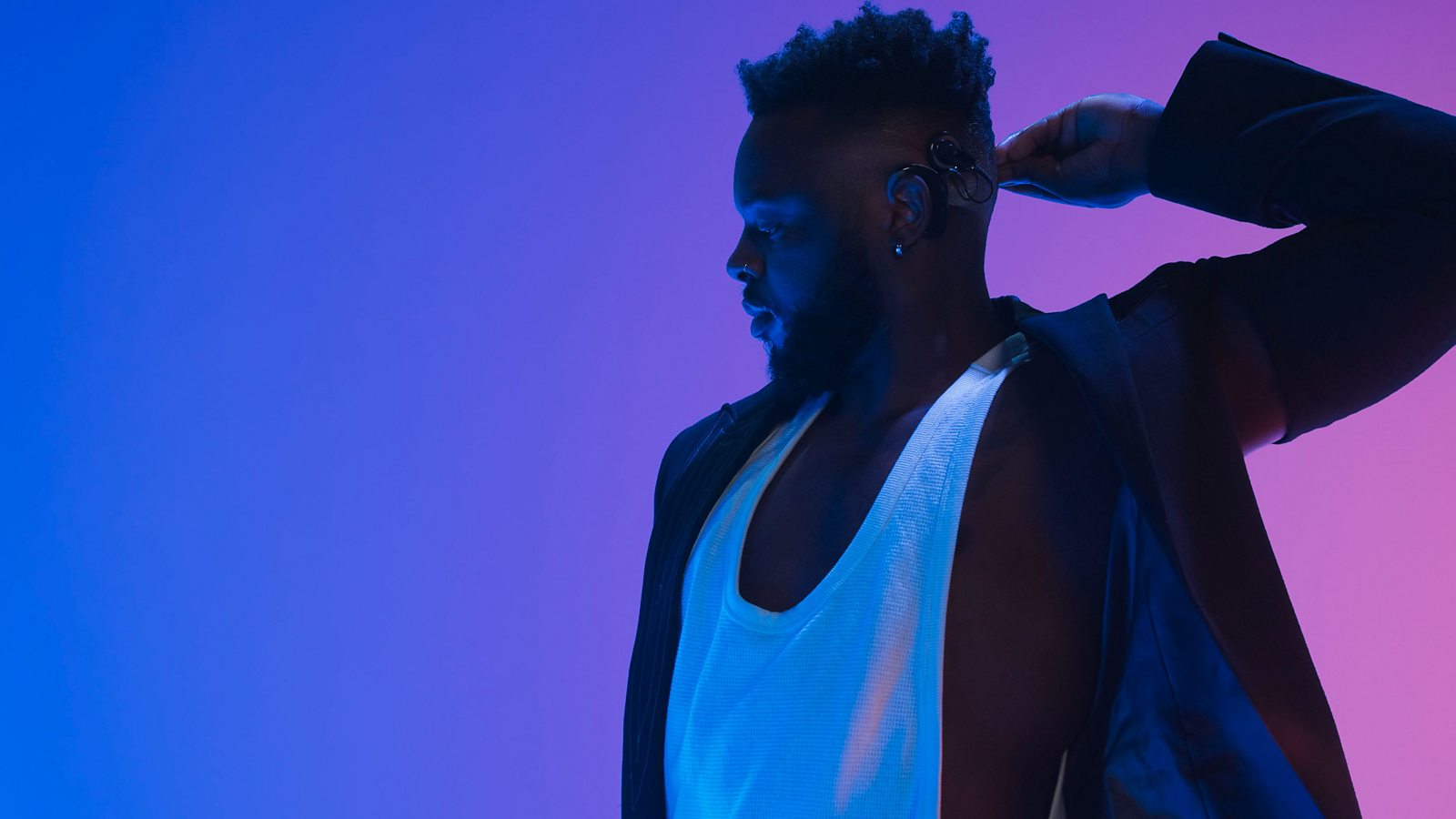Making NOISE

When we started researching NOISE back in 2020 we realised there were many different experiences and interpretations of what noise is, and the emotional impact it has on us. There were strong feelings and physical sensations associated to it that could be triggered or influenced by another person, but sometimes it was more of an intimate experience, a personal realisation.
So how could we bring all these stories together without it making the piece feel disjointed?
When we found out about StoryFormer and the possibilities it offered for interaction, it felt like a natural fit for NOISE, as it would allow our audiences to follow their own curiosity and personal connection to each character, but also be led by their intuition with some of the choices that were more open ended.
Wanting to make the piece attractive to d/Deaf audiences, we were also excited about being able to offer three different access options, one with text, one with BSL, and one with a description of the sound. We contemplated the possibility of combining the last two but decided against it because we wanted the audience to be able to focus on the dance, and not have to go back and forth between the signing and the dancing.
There were also interesting creative challenges about how to integrate the BSL artistically at different points throughout the piece. Should Chris (one of the performers) sign the choices? Should we have a âtraditionalâ set up with an actress in a box in the corner? We wanted it to stay in the same world while not interrupting the narrative, and we also needed to be able to use the same footage for all three of the access pathways. So we finally decided to film Aimee, our BSL actress, in front of a green screen to then be able to place her in the middle of the placeholders in postproduction. These frames needed to be very carefully storyboarded and timed. Too short and we wouldnât have time for the signing, too long and the dramatic tension would be lost. We decided the action had to keep on going subtly in the background, so it would still be interesting to watch alongside the signing or the text.
StoryFormer was quite straight forward to use, and it allowed for routes that would be influenced by a decision made earlier on. So if the audience had chosen to stay with a character before, they would get to see the outcome of their individual journey, helping provide the feeling of intimacy we needed by allowing the audience to be involved meaningfully with someoneâs journey. The challenge was how to make sense of all the routes someone could potentially take, making it a cohesive and complete story of its own, with all the factors at stake: choreography, VFX, sound design and camera work, and how to introduce characters that had appeared in a different pathway into someone elseâs story. But as with all creative challenges the solution came in the making and exchanging of ideas.
Overall it has been very rewarding to make NOISE an immersive experience that allows the audiences to be an active part of the story making and that is attractive and accessible to d/Deaf and hearing audiences.

